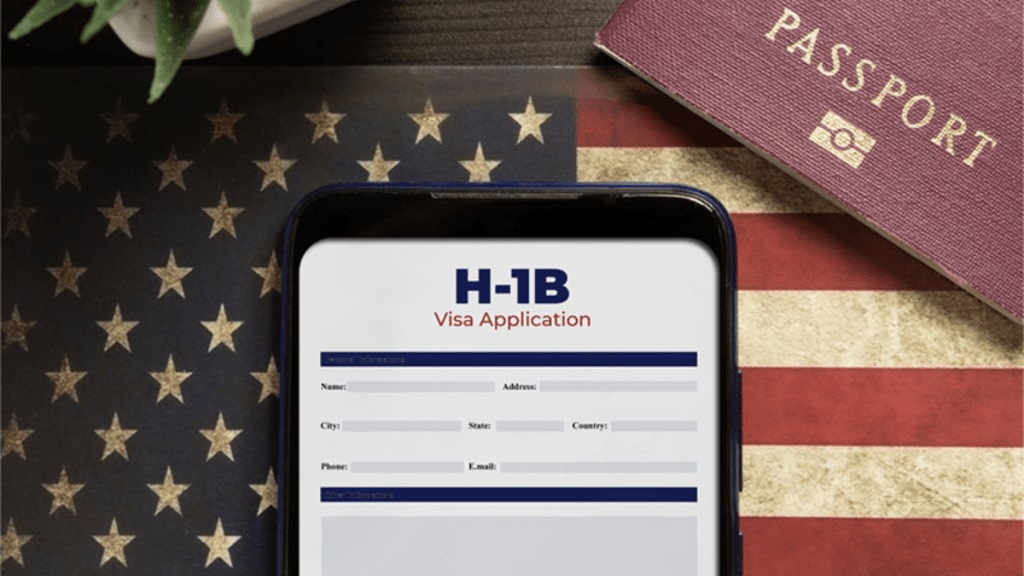By Nirvikar Singh
US policy under the current administration has been marked by several characteristics. One is the personalisation and centralisation of policymaking, including a disregard for legal structures and societal norms, in favour of the exercise of power to the maximum extent possible. Another feature is an attempt to roll back those norms by many decades—reasserting social inequalities that had been slowly redressed over a long period of time. On the domestic front, civil rights and democracy are under threats that would have seemed unimaginable in the US just a few years ago, though they were brewing under the surface. On the international front, the administration has sought to entirely reshape the global economic and political order, ostensibly to promote the interests of the US as a whole, but in practice just those of a new ruling elite. Those interests include ego gratification as well as wealth accumulation.
India has been in the cross hairs of this shift in the US administration’s attitudes and policies. Tariff negotiations have not gone well. India is not unique in this respect, but it is the only large country or bloc that has struggled—the European Union seems to have, at least superficially, finessed some of the biggest issues, while China has much more bargaining power than any other US trading partner.
US Immigration Moves and H-1B Visas
Now attention has shifted to the movement of people rather than goods. Immigration enforcement has become extraordinarily demeaning and seemingly capricious. An earlier case of illegal Indian immigrants being shackled and sent back to India received headlines. Less prominent, perhaps, is the case of a 73-year-old grandmother, picked up while reporting to immigration authorities. The administration’s rhetoric has been of immigrants as criminals and burdens on US taxpayers, but cases such as this one, along with many others, suggest that the drivers of enforcement are more about asserting superiority through the exercise of unchecked power.
The case of H-1B visas has, naturally, captured much more media attention than that of a lone grandmother. As much as 70% of these visas for highly skilled workers go to Indian nationals. This symbiotic business connection has been three decades in the making, and is clearly going to change dramatically. While China was the biggest target in the case of goods, India’s role in services exports to the US has been much more significant. But, just as in the case of goods, India lacks bargaining power. In the short term, US companies that rely on Indian H-1B visas will do fine, because many of them have dominant positions in their own industries. For example, Amazon is the largest user of such visas for Indians.
Building India’s Global Talent Ecosystem
As in the case of the tariff war, the initial Indian response has been to emphasise “self-reliance”, but this runs the risk of taking India back to an era where it was suspicious of the rest of the world, closed itself off, and paid a heavy price in terms of economic growth. Luckily, the government had already been promoting the country’s global capability centres (GCCs), and is moving to strengthen those. No doubt, US companies will also be eager to go in this direction.
But one of the reasons why the US has been a centre of innovation and has grown rapidly is that it has absorbed talent from all over the world. Aside from multinational companies directly recruiting or assigning workers through the H-1B programme, graduate education has been a part of the same pipeline. US universities have also brought in students who end up in faculty positions, not just in science and engineering, but across the spectrum of disciplines—enhancing India’s soft power. This system was already under attack by an administration that does not value science or even the truth, more broadly.
The latest move on H-1B visas should be viewed not as an excuse to return to “self-reliance”, but as a wake-up call for India to seriously work on becoming a global hub for skilling and knowledge-building. In my last column, before this latest shock, I wrote, “following China’s example in the dimension of building human capital and knowledge capital is India’s best defence…” Following such a strategy is even more vital now. To do this, India would need to be more open to global talent, and to institutions that train and develop such talent. Surprisingly, India has failed to do so, even in areas such as medical education, where the degree of underinvestment is distressing. It has also failed to create an open society, in which everyone, including minorities, is treated with equal dignity.
Just as US companies have thrived by bringing together talent from all over the world, and the government had made this possible by creating conditions for that ecosystem to develop, India needs to build its own globalised ecosystem, with much greater breadth and depth than its GCCs offer. The current US administration is creating an economy based on nativism, status quos, and cronyism. In the 19th century, the US was nothing like the global leader it is now, in terms of cutting-edge knowledge. Its advantages were a large internal market and abundant natural resources. But that was a world in which human capital and knowledge capital were much less important. The current US administration is providing India with many lessons about what to do and what not to do if it seeks to become an “advanced” country.
The writer is professor of economics, University of California, Santa Cruz.
Disclaimer: Views expressed are personal and do not reflect the official position or policy of FinancialExpress.com. Reproducing this content without permission is prohibited.

